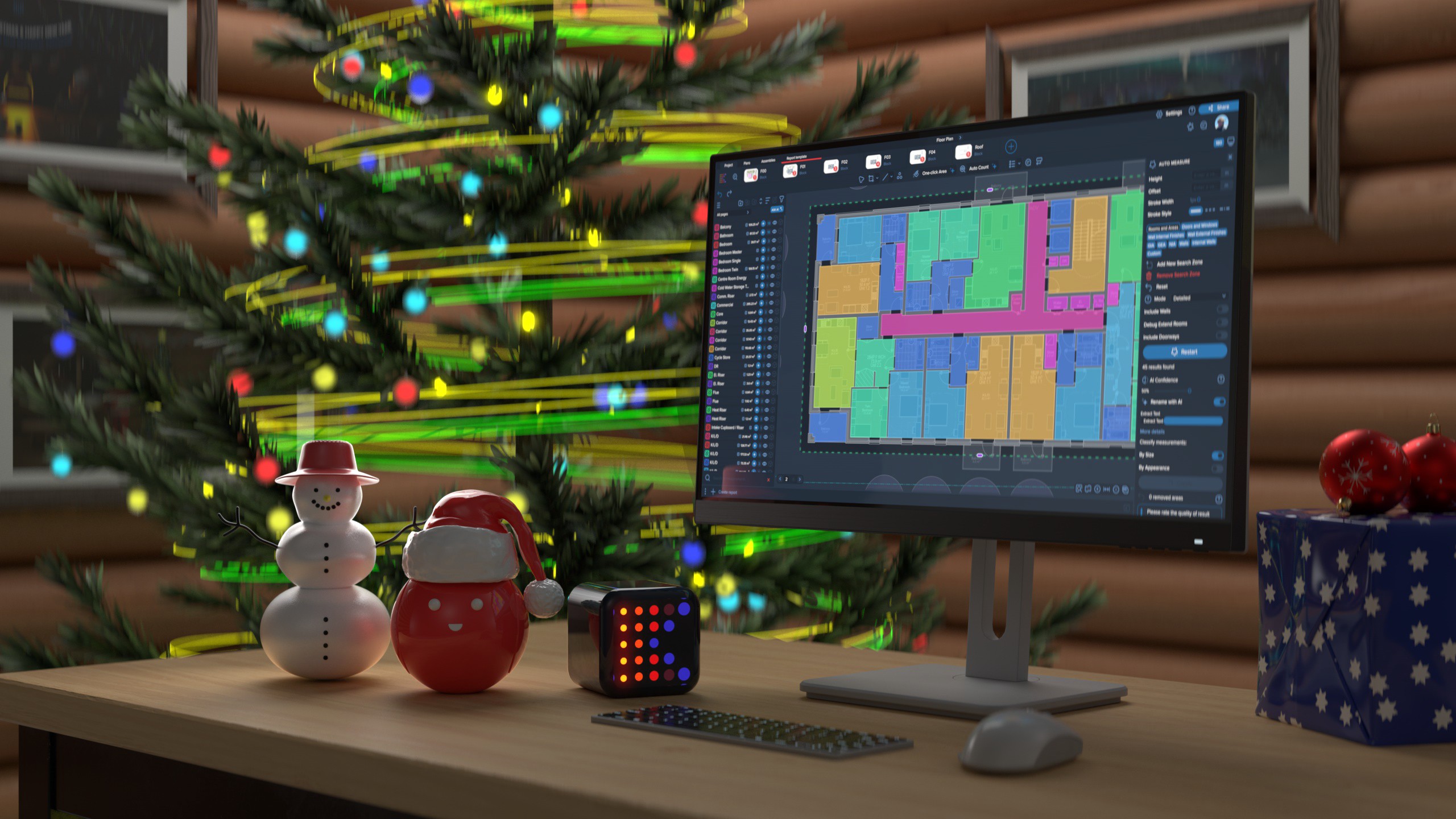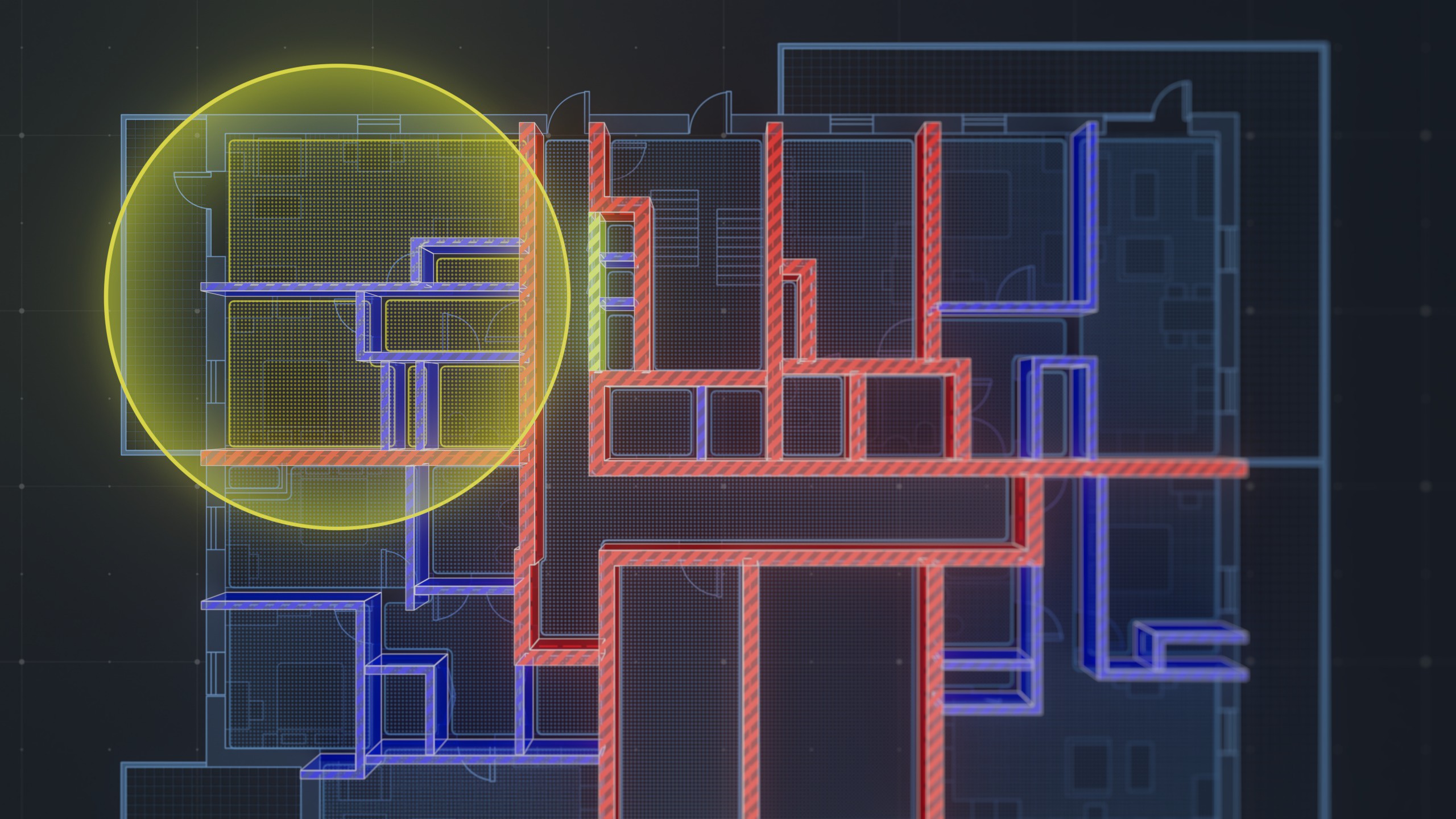In the intricate world of architecture and construction, drawings serve as the backbone, bridging the gap between a concept in the mind and a tangible structure in the real world. These drawings, detailed and precise, are not just mere sketches; they are a language, a means of communication among architects, engineers, contractors, and clients. They dictate the rhythm of construction, ensuring that every brick laid and every beam placed aligns with a grander vision.
However, not all drawings are created equal. While they all play pivotal roles in the construction process, their purposes, timings, and details can vary. Among these, two types of drawings often stand out and can sometimes be a source of confusion: design drawings and as-built drawings. At first glance, they might seem similar, but delve a little deeper, and their distinctions become clear. This article aims to shed light on these differences, helping professionals and enthusiasts alike navigate the nuanced world of construction documentation with ease.
Definition and Purpose
Design Drawings
Design drawings, often the first visual representation of a project, are preliminary sketches and plans meticulously crafted by architects and engineers. These drawings encompass a range of details, from broad conceptual ideas to intricate specifications, all aimed at bringing a vision to life on paper.
Purpose:
- Conveying Design Intent: At the heart of design drawings lies the architect's or designer's vision. These drawings articulate the aesthetics, functionality, and spatial relationships intended for the final structure, ensuring all stakeholders share a unified understanding of the project's goals.
- Obtaining Building Permits and Approvals: Before construction can commence, projects often need to secure permissions from local authorities. Design drawings provide the necessary details, ensuring the proposed structure adheres to zoning laws, building codes, and other regulations.
- Guiding Contractors: Once approved, design drawings become the blueprint for construction. They guide contractors, offering detailed instructions on materials, dimensions, and other critical aspects, ensuring the built structure aligns with the envisioned design.
As-Built Drawings
As the name suggests, as-built drawings are created post-construction, capturing the building exactly as it was built. Unlike design drawings, which represent an idealized version of the project, as-builts reflect the reality of construction, including any changes or deviations made during the building process.
Purpose:
- Documenting Actual Construction: Construction projects, despite meticulous planning, often encounter unforeseen challenges or changes. As-built drawings capture these nuances, detailing the exact materials used, dimensions, and any deviations from the original design drawings.
- Reference for Future Renovations or Maintenance: As structures age, they may require repairs, upgrades, or renovations. As-built drawings serve as an invaluable reference, offering a detailed snapshot of the building's current state, making future work more efficient and accurate.
- Fulfilling Legal and Record-Keeping Requirements: In many jurisdictions, maintaining accurate as-built drawings is not just good practice—it's a legal requirement. These drawings ensure that any changes made during construction are documented, protecting stakeholders and providing transparency for future inspections or sales.
Key Differences
Navigating the world of architectural drawings requires an understanding of the nuances that set each type apart. While design and as-built drawings might seem similar at a cursory glance, they serve distinct purposes and have unique characteristics. Here's a closer look at their key differences:
Accuracy and Detail
- Design Drawings: These are often more conceptual in nature. While they provide a detailed vision of the project, they might not account for all the real-world challenges that can arise during construction. For instance, unexpected site conditions, material availability, or budget constraints can lead to changes in the actual construction.
- As-Built Drawings: These are the epitome of detail and accuracy. They capture the building exactly as it stands upon completion, including any deviations or changes made during the construction process. Every nook, cranny, and alteration is documented to provide a true representation of the built environment.
Timing of Creation
- Design Drawings: These are the starting point of any construction project. Created before any brick is laid or foundation is poured, they set the stage for what's to come, providing a roadmap for the construction journey ahead.
- As-Built Drawings: These evolve as the construction progresses. While some details might be documented during the construction phase, the final as-built drawings are typically compiled and finalized after the project's completion, ensuring they capture the end state of the building.
Usage and Audience
- Design Drawings: These cater to a broad audience. Contractors reference them to understand construction specifics, clients review them to visualize the final outcome, and regulatory bodies inspect them to ensure compliance with local codes and regulations.
- As-Built Drawings: Their primary audience is slightly different. Building owners might refer to them for facility management, facility managers use them to understand the building's intricacies for maintenance purposes, and future contractors might consult them before undertaking renovations or extensions.
Modifications and Revisions
- Design Drawings: It's not uncommon for these to undergo revisions. Feedback from clients, changes in project scope, or regulatory requirements can lead to modifications before construction kicks off.
- As-Built Drawings: These are dynamic in nature. As the construction progresses and changes are made to the original design, as-built drawings are updated to reflect these alterations. By the end of the construction phase, they provide a comprehensive and accurate record of the building in its final form.
The Significance of the Differences
Understanding the distinctions between design and as-built drawings is more than just an academic exercise. These differences have real-world implications that can affect the legal standing, maintenance strategies, and financial aspects of a construction project. Let's delve deeper into the significance of these differences:
Legal Implications
- Protection through As-Built Drawings: In the event of disputes—be it between the client and contractor, or between different contractors—having accurate as-built drawings can be invaluable. They serve as a factual record of what was constructed, including any deviations or changes from the original design. This can protect stakeholders by providing clarity on what was agreed upon, what changes were made, and why those changes were necessary.
- Design Drawings in Contractual Agreements: Design drawings often form a part of the contractual agreement between clients and contractors. They set the expectations for what is to be built. Any deviations from these drawings without proper approvals or justifications can lead to legal disputes. They serve as a benchmark against which the final construction is measured.
Maintenance and Future Work
- As-Built Drawings for Facility Management: For facility managers, as-built drawings are like a treasure trove of information. They provide insights into the building's inner workings, from electrical and plumbing layouts to structural details. This makes maintenance tasks, from troubleshooting issues to planning upgrades, more efficient and effective.
- Design Drawings and the Final Built Form: While design drawings lay out the vision for a project, the actual construction might differ due to various reasons, from site constraints to material availability. However, these drawings still influence the final form, guiding the aesthetics and functionality. For future renovations or extensions, understanding the original design intent can be crucial, even if the as-built structure has deviated from it.
Cost Implications
- Potential Overruns with Design Drawings: If contractors and builders do not adhere closely to design drawings, it can lead to cost overruns. Unplanned changes or deviations might require additional materials, labor, or even redesigns, all of which can inflate the project's budget.
- As-Built Drawings and Financial Reconciliation: Once a project is completed, as-built drawings can play a pivotal role in financial reconciliations. They can help in assessing if there are any additional costs due to changes made during construction or if there are credits due to reductions or omissions. By providing a detailed record of the actual construction, they ensure transparency and fairness in financial settlements.
In essence, while both design and as-built drawings have their unique roles and characteristics, understanding their differences and implications is crucial for the successful execution and management of construction projects.
Conclusion
In the realm of construction and architecture, the distinction between design and as-built drawings is crucial. Design drawings set the project's vision, guiding all stakeholders from inception. In contrast, as-built drawings capture the reality of the completed project, documenting every change and deviation. Together, they form the foundation for a project's successful execution and its future maintenance. Recognizing their unique roles and interplay is essential for ensuring that construction projects are both well-executed and enduring.




.png)